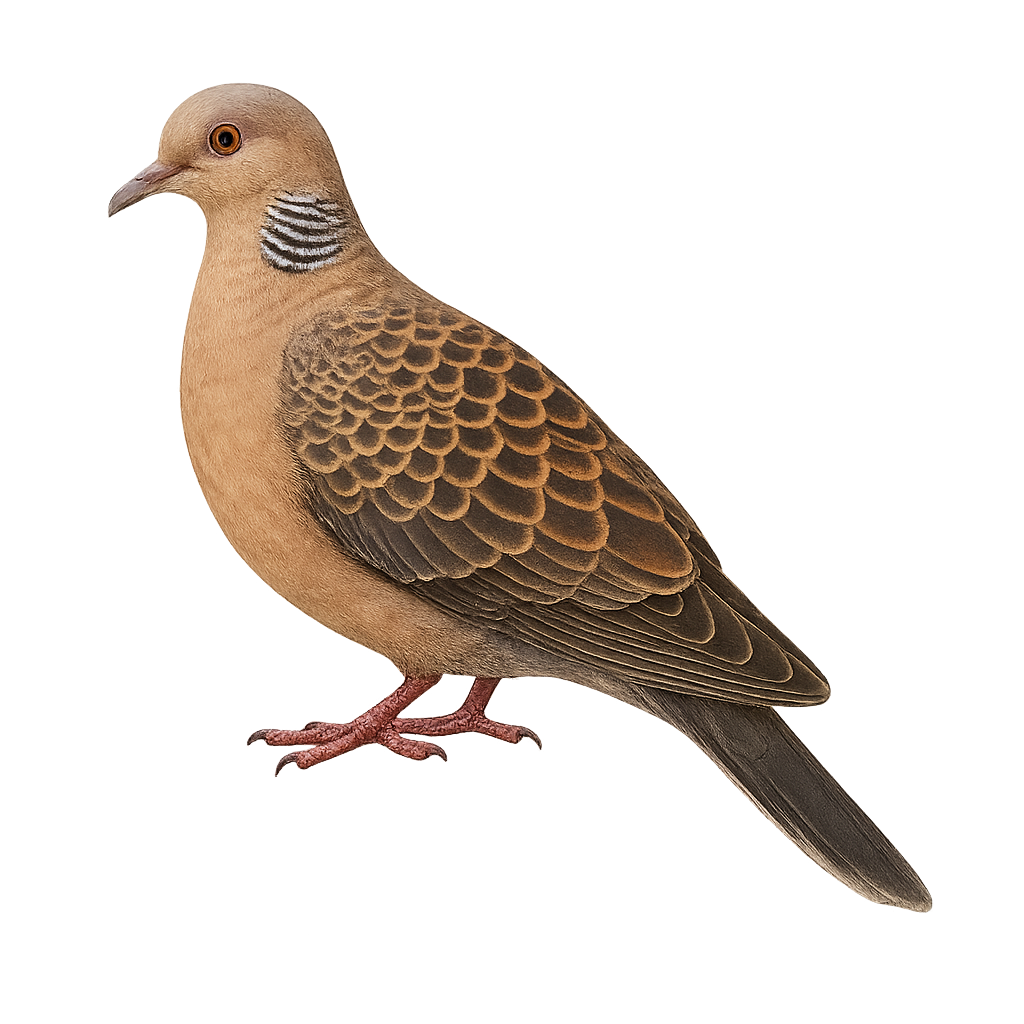Your wildlife photography guide.
Explore the oriental turtle dove in detail, study its behavior, prepare your shots.
Where to observe and photograph the oriental turtle dove in the wild
Learn where and when to spot the oriental turtle dove in the wild, how to identify the species based on distinctive features, and what natural environments it inhabits. The WildlifePhotographer app offers tailored photography tips that reflect the oriental turtle dove’s behavior, helping you capture better wildlife images. Explore the full species profile for key information including description, habitat, active periods, and approach techniques.
Oriental Turtle Dove
Scientific name: Streptopelia orientalis

IUCN Status: Least Concern
Family: COLUMBIDAE
Group: Birds
Sensitivity to human approach: Suspicious
Minimum approach distance: 10 m
Courtship display: April to June
Incubation: 16-18 jours
Hatchings: May to July
Habitat:
Forests, agricultural areas, urban parks
Activity period :
Primarily active during the day, with peak activity in the morning and late afternoon.
Identification and description:
The Oriental Turtle Dove, or Streptopelia orientalis, is a medium-sized bird, measuring about 30 to 33 cm in length. It is recognizable by its light brown plumage with pinkish hues on the chest and distinctive black bands on the neck. Its wings have scaly patterns, and its tail is long and slightly rounded. This bird is often seen in forests, agricultural areas, and urban parks. The Oriental Turtle Dove is primarily granivorous, feeding on seeds and grains, but it can also consume insects. It is known for its soft and melodious song, often heard at sunrise and sunset.
Recommended lens:
400 mm – adjust based on distance, desired framing (portrait or habitat), and approach conditions.
Photography tips:
To photograph the Oriental Turtle Dove, it is advisable to use a 400mm lens or longer to capture detailed images from a distance. Look for areas where these birds feed, such as fields or parks, and be patient. Morning or evening, when the light is soft, is the best time to shoot. Try to blend into the environment to avoid scaring them away. Use a tripod to stabilize your camera and get sharp images.
The WildlifePhotographer App is coming soon!
Be the first to explore the best nature spots, track rutting seasons, log your observations, and observe more wildlife.
Already 1 439 wildlife lovers subscribed worldwide

